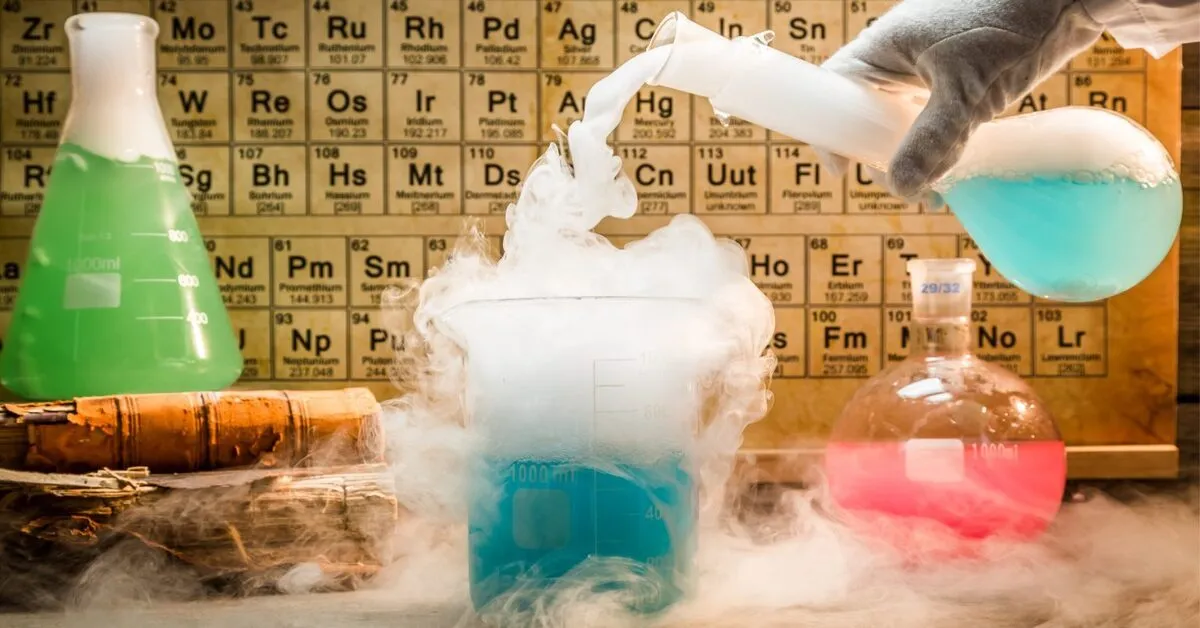Iranian Scientists Study Application of New Generation of Catalysts in Chemical Reactions

In this review article, recent advances in using covalent organic frameworks as novel heterogeneous photocatalysts (including elementary, functionalized, and hybrid COFs) in organic chemistry reactions were discussed.
Furthermore, COFs are classified and described in detail based on their linkages. The reaction mechanism and the influence of various factors on the performance of COF photocatalysts are also discussed. In the following, the views, perspectives, opportunities and challenges of this field were reviewed.
The article was written by Saba Daliran, a postdoctoral researcher, and Alireza Oweisi, a faculty member of Zabol University, in cooperation with the Polytechnic University of Valencia and the University of Cordoba, Spain, in the journal of Advanced Materials with an impact factor of 32.
Earlier this year, a knowledge-based company in Iran developed and commercialized a new nano catalyst which removes air pollution produced by cars and motorcycles up to 90% and helps citizens pass the temperature inversion time in fall and winter.
“Today, we are the only producer of catalytic converters in Iran with an annual production capacity of 12 million parts which meets the needs of Iranian automobile industry,” Shadi Razmara, the R&D specialist at the knowledge-based ‘Iran Delco’ company, told ANA.
“We produce catalysts for all domestic cars, Chinese vehicles (imported to Iran) and motorcycles, and this amount meets the entire domestic demand. The three-purpose catalyst converter currently omits up to 90 percent of the emissions of passenger cars and motorcycles,” she added.
Razmara said that the two big Iranian automakers, Iran Khordo and SAIPA, as well as other major automakers have been using the company’s products, adding, “We also have exported our products to Turkey and our company cooperates with universities, specially Sharif University of Technology.”
4155/v





















